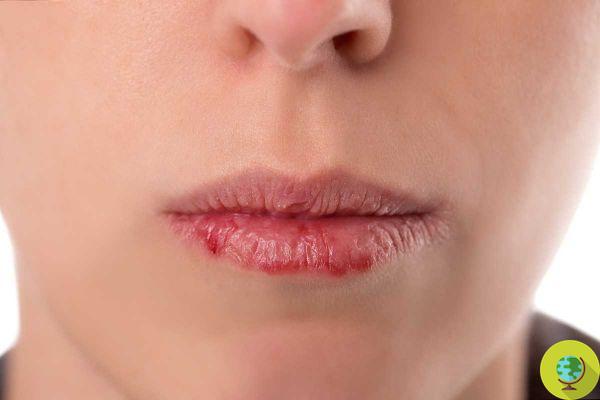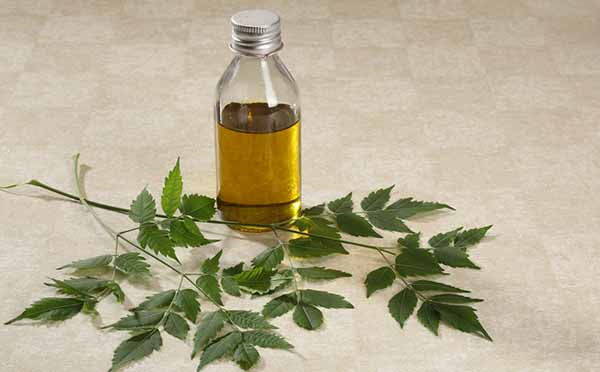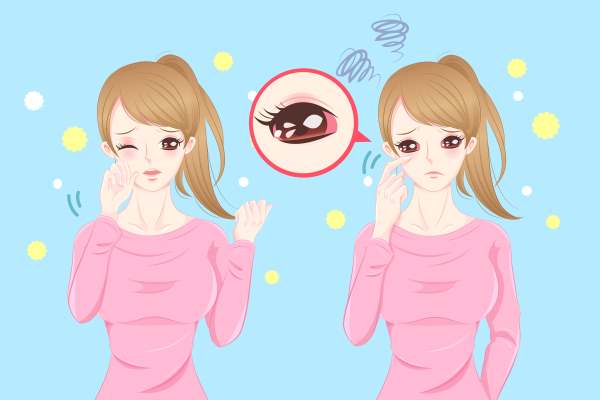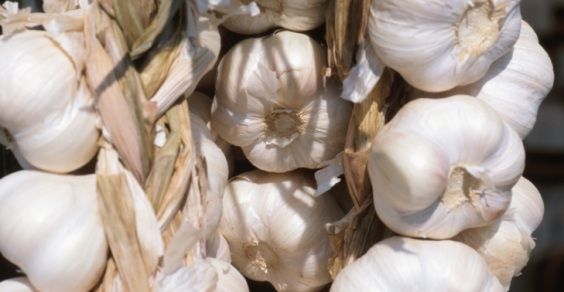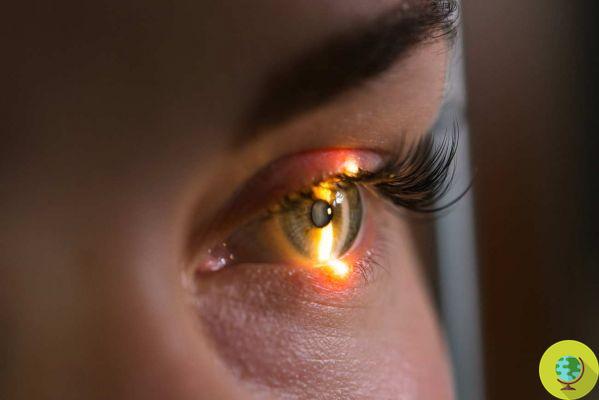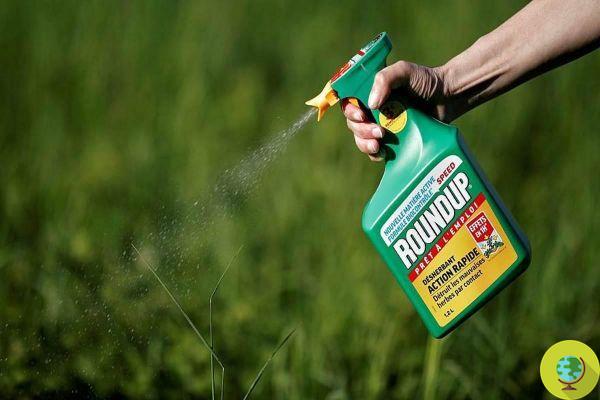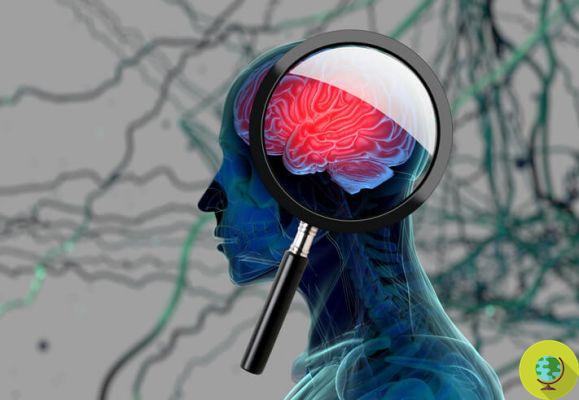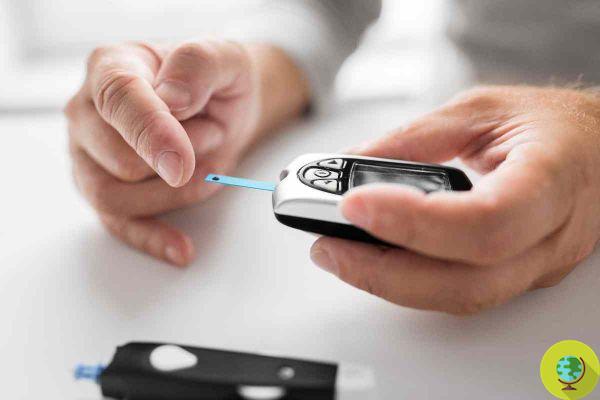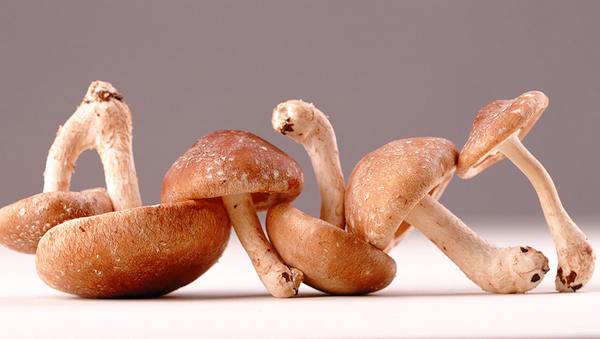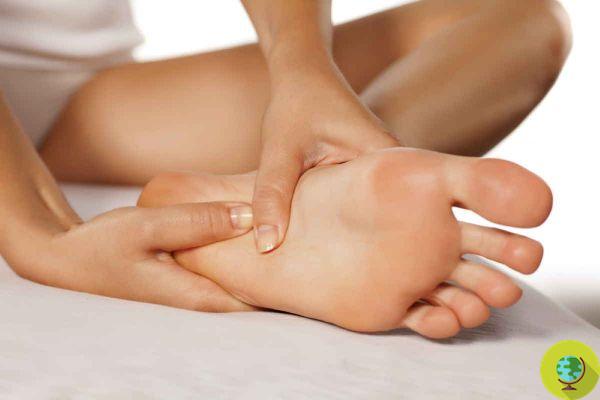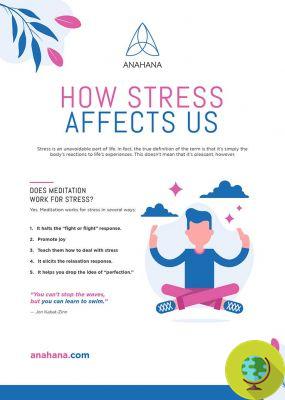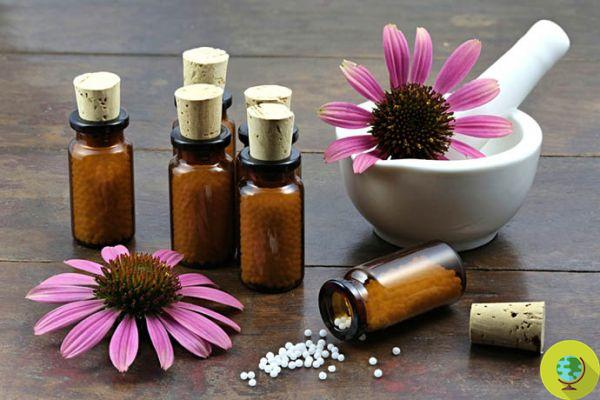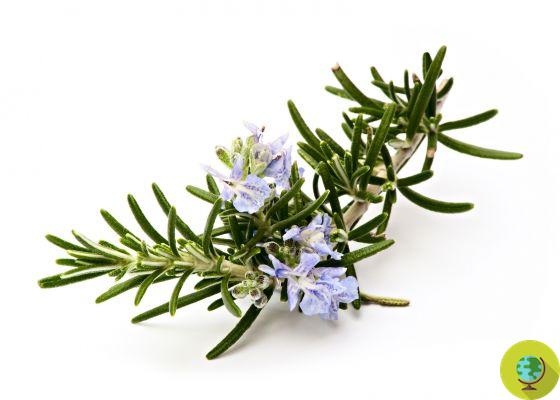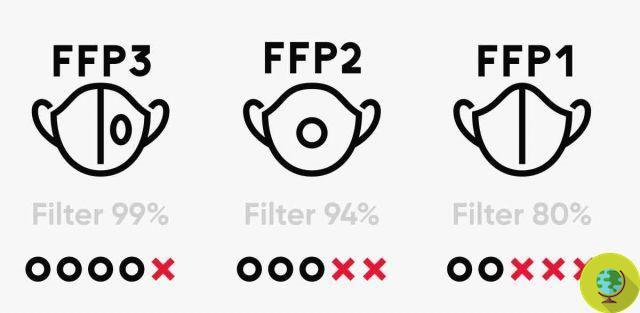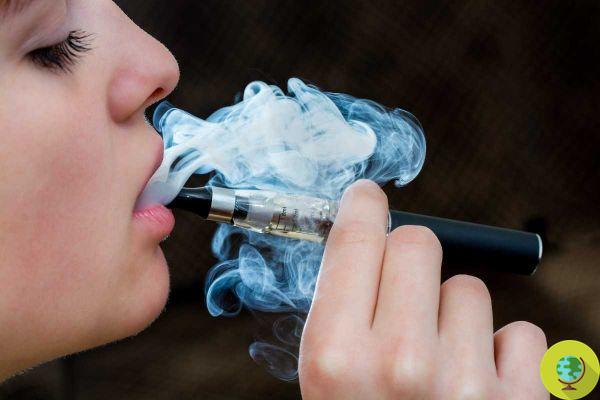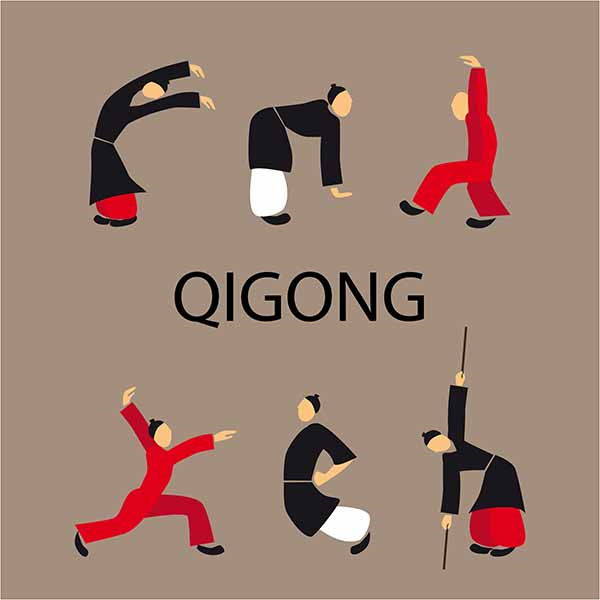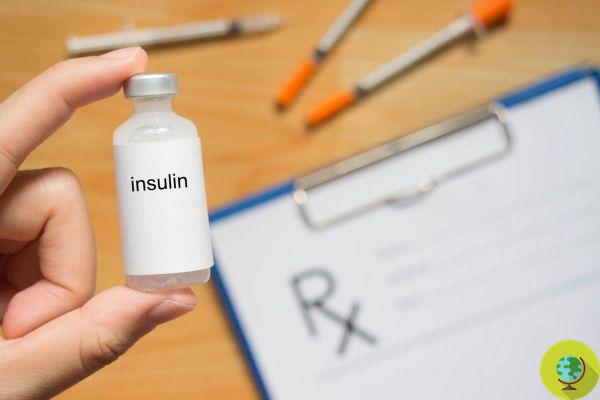An Australian study demonstrates how algae act on the reconstruction of cells and tissues through a bio-ink
Don't store avocado like this: it's dangerousHow can simple algae be used to heal deep human wounds? A recent Australian study shows that these plants are able to act on the reconstruction of cells and tissues through similarities with the molecular structure of human skin and a bio-ink capable of "printing" new cells where they are missing.
Algae never cease to surprise us with their incredible properties. Throughout history, peoples around the world have benefited from the nutritional and medical properties of algae. Now, however, scientists have found a new, interesting use for these plants: to heal human wounds through a "biological print" called bioprinting.
Read: This rib eye steak is made in 3D without killing any animals
When we have small wounds on the skin or muscles, they usually heal on their own with some time. But healing of deep wounds is much more difficult: these often require invasive care and, in extreme cases, an amputation or transplant may be required if healing is not complete. Here then is where the bioprinting technology comes into action.
Bioprinting consists of using materials or inks from biological sources (in this case, algae gel) or printed with ingredients such as human skin cells. These bio-inks can be combined and printed to create structures capable of generating new tissues of the desired shape and at the desired point. They can in fact be chemically controlled at the molecular level.
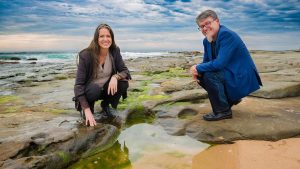
The research team of the Australian University of Wollongong (https://www.uow.edu.au)
Researchers from the Center of Excellence for Electromaterials Science (ACES), in collaboration with the Australian University of Wollongong, worked on a particular type of bio-ink made from Australian green algae - algae with a molecular structure similar to that of connective tissue. human.
Seaweed is the most abundant plant resource of sulfated polysaccharides - a complex of glycan sugars. These, in gelatinous form, are large molecules with biological properties that bring with them numerous benefits: in fact, they have antibacterial, anti-inflammatory and anticoagulant properties.
The presence of these sugars leads to the proliferation of cells involved in wound healing and helps regulate cell function in the production of key biomolecules used during wound healing. They can also trigger functions in human cells such as attachment, growth and production of other molecules such as collagen. This means that these bio-inks can be used successfully for heal wounds and regenerate tissues.
Fonte: University of Wollongong / Biomaterial Science
We also recommend:
- Jason Momoa's new vegan sneakers are made with seaweed and will make you say "I want them"
- This dress is made with seaweed sequins for sustainable, oil-free fashion
- From the sea to your home, like algae they can save you energy and purify the air




